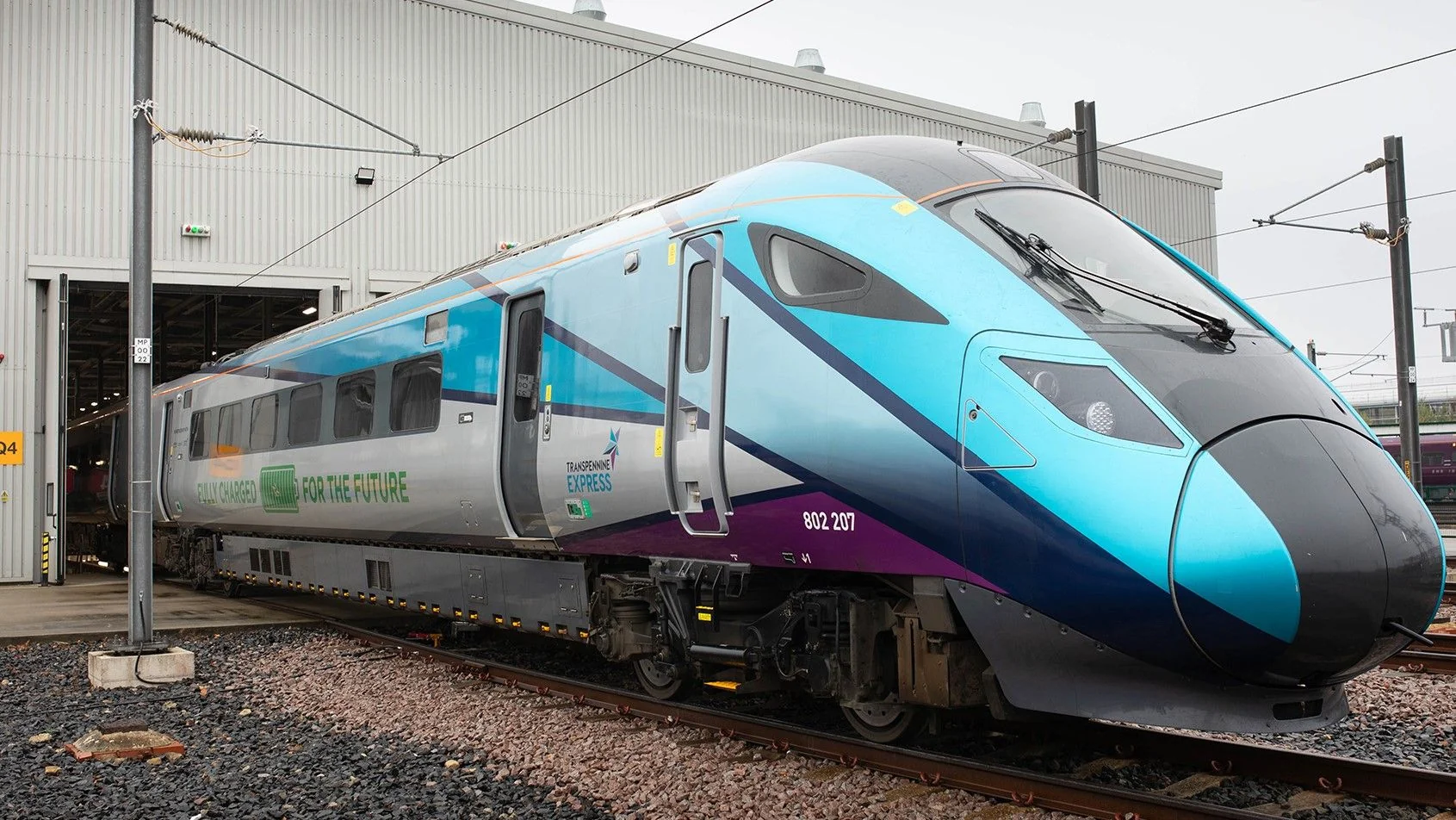
UK’s Ambitious Transition to Battery-Powered Trains: Can Hitachi and Siemens’ Diesel Replacements Ensure Safe and Reliable Travel?
Fiona Nanna, ForeMedia News
5 minutes read. Updated 9:49AM GMT Tues, 12th November, 2024
As the UK gears up to replace its aging fleet of diesel trains, battery-powered trains are increasingly seen as a viable, environmentally-friendly alternative. Industry leaders Hitachi and Siemens are pioneering these advanced trains, which have the potential to transform the UK’s rail network. Battery-powered trains not only promise lower emissions but could also cut operational costs by eliminating the need for overhead wires on unelectrified tracks.
Why Battery-Powered Trains?
Currently, many UK trains rely on diesel engines or draw power from overhead electric wires. Hybrid models can switch between these two power sources, but with the government’s push towards net-zero carbon emissions by 2050, entirely battery-powered trains are gaining momentum as the next step in the UK’s rail evolution.
At Hitachi’s Newton Aycliffe factory in north-east England, testing recently concluded on a groundbreaking “tri-mode” train. Unlike traditional trains, this model swaps one diesel generator for a series of lithium batteries, which allows it to run up to 50% more efficiently. Additionally, Hitachi is developing a model that runs solely on battery power, capable of covering up to 90 kilometers (56 miles) without any diesel assistance. Siemens, too, is developing a similar battery-only model from its Goole facility in Yorkshire, with expected orders from operators like ScotRail, Great Western Railway (GWR), and Transport for Wales. These developments are set to revolutionize rail travel across the UK.
Technical Advances and Challenges in Battery-Powered Trains
The journey to adopting battery-powered trains has been made possible by advances in battery technology and a political drive for greener infrastructure. However, obstacles remain. While fully electrifying railway tracks is an option, the process is both time-consuming and costly, with Network Rail estimating up to £2.5 million per kilometer. Battery-powered trains offer a cost-effective alternative by reducing the need for continuous electrification.
For example, Hitachi’s new “tri-mode” train, currently under testing, can travel 70 kilometers (44 miles) on battery power alone, enough to connect cities such as London and Oxford. However, longer routes, especially those with steep gradients, require more energy. This limitation means that for now, hybrid trains that combine diesel and battery power may still be necessary.
Are Battery-Powered Trains Safe?
A significant concern with battery-powered trains is the potential risk posed by lithium batteries. While electric vehicle (EV) batteries have been shown to be up to 20 times safer than traditional fuel-based engines, the risk of thermal runaway — an uncontrollable rise in temperature leading to fire — is still a consideration. Although rare, such incidents are challenging to contain, especially in a confined space like a tunnel.
Hitachi has taken comprehensive measures to address these safety concerns. Its battery units, similar to those in Nissan Leaf electric cars, are surrounded by protective heat shields and equipped with advanced cooling systems. During testing, Hitachi engineers intentionally stressed the battery cells by piercing and overheating them to ensure they could handle extreme conditions. In case of an emergency, the company’s engineers emphasize that affected carriages could be isolated and moved, thereby minimizing disruptions on the rail line.
A Greener Future on the Tracks
Battery-powered trains are already operating successfully in Japan and Germany. However, the UK faces unique geographical and technical challenges. Despite this, experts like Jim Brewin, Hitachi Rail’s UK and Ireland chief, believe that the UK is on a clear path toward a carbon-neutral rail system by 2050. As battery technology continues to improve, the potential to retrofit existing diesel-electric trains with batteries will only accelerate the transition.
What’s Next for Battery Trains in the UK?
Siemens and Hitachi are optimistic that battery-powered trains will soon play a key role in the UK’s transportation network. Beyond environmental benefits, the move to battery technology also represents a significant reduction in operating costs for rail companies, as they could avoid the high costs of track electrification in rural and remote areas.
While challenges like range limitations and fire safety concerns remain, ongoing technological advances provide hope. The future of battery-powered trains promises a blend of sustainability, safety, and economic feasibility — potentially marking the end of diesel-powered trains on the UK’s rails.
Learn More about Battery-Powered Trains
To stay updated on the latest advancements in rail technology, visit Hitachi Rail and Siemens Mobility.
For a greener future in transportation, watch out for these battery-powered trains potentially arriving at a station near you.
Meta Description: Learn how the UK is transitioning from diesel to battery-powered trains, with companies like Hitachi and Siemens at the forefront. Find out if these new trains are safe and sustainable for the future of rail travel.

